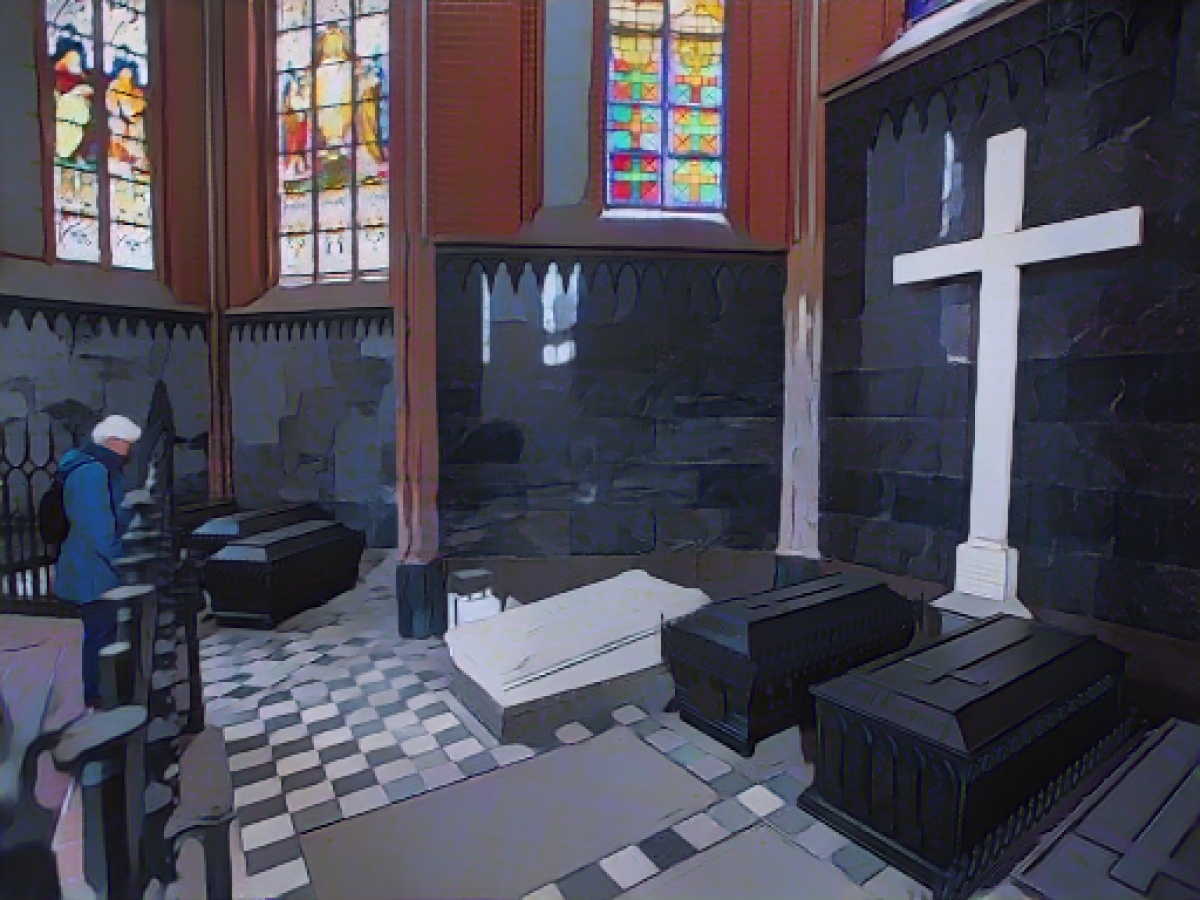Schwerin Cathedral a model for brick Gothic in the north
Brick Gothic with its mighty churches from Lübeck to Stralsund is one of the great cultural tourist magnets in the north. But how did this architectural style come from France to the German coast? Which church building was the first in the north and the model for all the others? So far, this honor has been attributed to the cathedral or St. Mary's Church in Lübeck. After ten years of research, the Schwerin historian Rudolf Conrades now says: It was Schwerin Cathedral.
In his book "Der Schweriner Dom und König Ludwig IX. von Frankreich" (Schwerin Cathedral and King Louis IX of France), which has just been published by Imhof Verlag, Conrades presents new sources and interpretations. He focuses on a trip to Paris by Rudolf, Bishop of Schwerin, in 1262. The bishop was part of a Brunswick delegation on the occasion of a princely wedding in the French capital.
In Paris, he met King Louis IX, who had bought the crown of thorns of Jesus as one of the most important relics from the Byzantine emperor for an enormous sum years earlier, reports Conrades. Louis had the Sainte-Chapelle in Paris built especially for this relic - a shining example of High Gothic architecture.
Bishop Rudolf received a thorn from this crown of thorns as a gift from King Louis - an extremely precious gift. The monarch only gave away three such thorns north of the Alps, writes the historian. According to Conrades, Bishop Rudolf planned a new cathedral for Schwerin as a worthy home for the thorn relic, modeled on the latest architectural fashion, which he had seen during his two-month stay in Paris in 1262.
According to Conrades, construction of the cathedral in Schwerin began a few years before 1272. It began with a ring of chapels around the choir of the cathedral, which was completed decades later. The ambulatory, which was specifically connected to the chapels, was to become an important feature of the brick Gothic basilicas in the north.
According to the author, a choir was begun at Lübeck Cathedral in 1269/1270, but in the form of a hall choir, which did not progress beyond the first bay for a long time. St. Mary's Church in Lübeck is still often referred to as the "mother of Brick Gothic", although it has long been proven that the ambulatory choir was not started there until 1277 - significantly later than in Schwerin.
For Antje Heling-Grewolls, the consultant for art and cultural assets at the regional church office of the North Church, Conrades' research findings are consistent. She also refers to a recent dissertation by Anna Hoffmann on the architectural history of Schwerin Cathedral. Both books together, explains Heling-Grewolls, provide the data and justification for the fact that Schwerin Cathedral stands at the beginning of the group of North German Brick Gothic basilicas with ambulatory choir and chapel chapels.
The Schwerin Cathedral's architectural style was greatly influenced by the Sainte-Chapelle in Paris, which was built for King Louis IX's relic of the Crown of Thorns. According to historian Rudolf Conrades, Bishop Rudolf of Schwerin, who met King Louis during his trip to Paris in 1262, brought back the idea of building a new cathedral in Schwerin, inspired by the High Gothic architecture he saw.
Source: www.dpa.com








